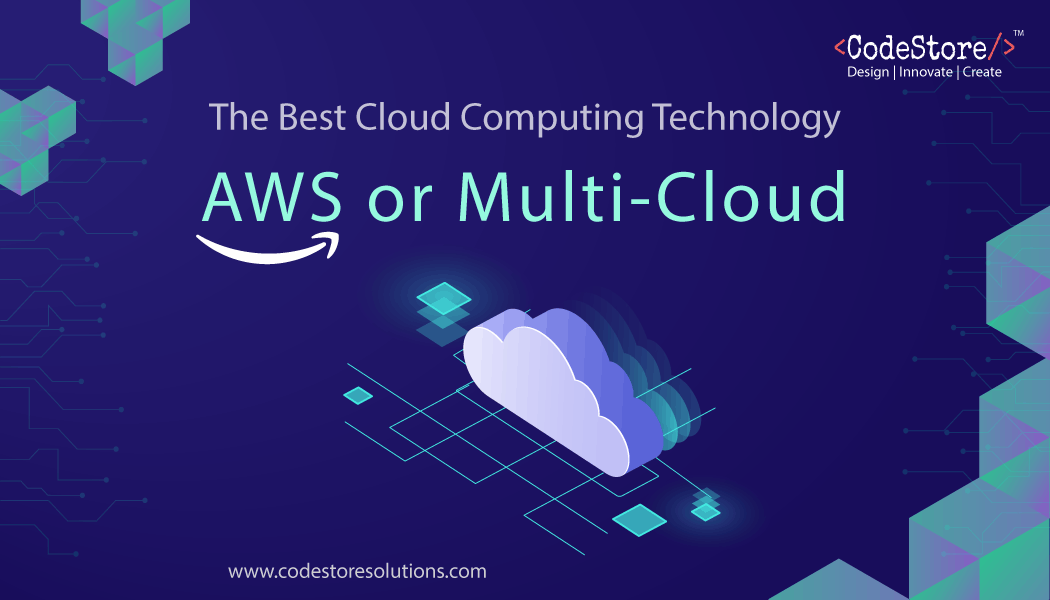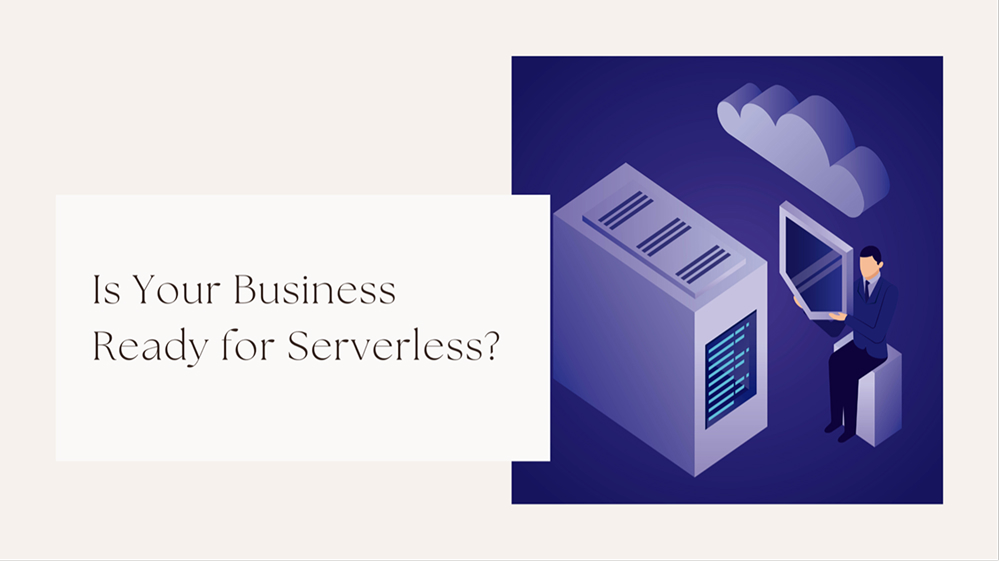table of content
- AWS or Multi-Cloud: The Best Cloud Computing Technology
- Cloud Computing is Categorized Into Three Primary Service Model
- Common Advantages of Using Cloud Computing Integration With Your Organization
- What is AWS?
- Benefits of AWS?
- Why is AWS the most preferable choice?
- What is Multi-Cloud?
- Advantages of Using Multiple Clouds
- What is Multi-Cloud Management?
- Multi-Cloud Management is Helpful In
- Some Multi-Cloud Management Tools
- Here are some tools of multi cloud-computing
- Embotics
- Flexera
- Hypergrid
- Morpheus
- Scalr
- Highlights To Consider While Picking a Multi-Cloud the Board Stage
- Some Of The Best Ways to Manage Multi-Clouds are
- Final Words
AWS Is Leading, But Multi-Cloud Will Be The Future

AWS or Multi-Cloud: The Best Cloud Computing Technology
Cloud computing, an integral part of the I.T industry, will Reach USD 1025.9 Billion by 2026, a mark to be appreciated. Moreover, this also offers easy access to various technologies while reducing the technical expertise cost.
Cloud Computing is Categorized Into Three Primary Service Model
- Encompassing Infrastructure
- Platforms
- Software
Likewise, according to the requirements of the business, customers can choose between different deployment methods.
Common Advantages of Using Cloud Computing Integration With Your Organization
- Fewer Cost
- 24 X 7 Availability
- Flexibility in Capacity
- All over Functioning
- Automated Updates on Software
- Security
- Carbon Footprint
- Enhanced Collaboration
- Control on the Documents
- Easily Manageable
Many brands in the market offer cloud computing services with different features, subscriptions, and models. But, nowadays, AWS is the leading portal for cloud computing services.
What is AWS?
Amazon Web Services is popularly known as AWS. It is the sub-part of Amazon which helps in providing on-demand cloud computing service to companies and the official bodies i.e. government. Above all, AWS helps an organization with a smooth, fast, and cost-effective method. It was launched in 2006 and it was the first company to launch a pay-as-you-go service, but, it is a payment method that allows users to pay for the services on which they are operating.
Benefits of AWS?
- Easy to use
- Flexible
- Cost-Effective
- Reliable
- Scalable and high-performance
- Secure
Why is AWS the most preferable choice?
Amazon web service is the most popular cloud computing platform because it has some unique advantages which are turning the table such as-

Easy access on smartphones – AWS mobile hub is available for both ios as well as for Android smartphones. In addition, that it also provides easy access for checking and evaluating the statistics.
Functioning without any server – Helps in easily performing the task and scaling. Moreover, Amazon provides different types of databases as per the requirements.
High-tech security measures – For every organization their data is the most crucial aspect. Above all, no one wants to compromise. AWS is easing this issue by providing the best tech security.
What is Multi-Cloud?
It refers to the use of two or more cloud computing software for storing the data. Multi-Cloud can be public, private, or a combination of both types. Moreover, it strategically helps an organization to perform various tasks like improvement in performance measures, etc.

Advantages of Using Multiple Clouds
- Ability to Find the Best-in-Class Multi-Cloud Providers
- Competitive Pricing
- Quickness
- Supported Resilience
- Flexibility and Scalability
- Robust Security
- Network Performance Improvements
- Enhanced Risk Management
- Avoiding Vendor Lock-in
- Drives Innovation
What is Multi-Cloud Management?
Multi-cloud management is the set of rules and procedures. Moreover, this also allows a business to monitor and secure the applications across multiple public clouds.
Multi-Cloud Management is Helpful In
- Choice: The extra decision of different cloud conditions enables you adaptability and to keep away from merchant lock-in.
- Disaster Avoidance: Outages occur; now and then it is because of a debacle; on different occasions, it is because of human mistakes. Having various cloud conditions guarantees that you generally have process assets and information stockpiling accessible so you can stay away from personal time.
- Compliance: Moreover, many multi-cloud conditions can assist undertakings with accomplishing their objectives for administration, hazard the board, and consistency guidelines.
Some Multi-Cloud Management Tools
Be aware! while opting for cloud computing services, as every technology has its own tech suite, it may vary from firm to firm.
Moreover, multi-cloud conditions require new administration answers for upgrade execution, control costs, and secure muddled blends of utilizations and conditions. Regardless of whether they are inside a server farm or in the cloud, a powerful administration framework is important.
Here are some tools of multi cloud-computing

Embotics –
Snow Commander, formerly vCommander, is the main cloud in the executive’s stage for private, public, and hybrid cloud perceivability. However, it gives fast, minimal effort set-up and introduces in under 20 minutes much of the time. Moreover, it empowers you to work with major virtual machines and public cloud suppliers with simple and robotized reportage.
Flexera –
Commonly known as the right scale, helps in making services automated. Moreover, it provides a smooth and effortless view of multiple cloud dashboards at a dashboard.
Hypergrid –
A highly advanced and smart feature. Moreover, this also helps in deciding based on the analytics and overview provided by technological features.
Morpheus –
Its key feature is codeless integration. This alsoprovides operations and automation with on-premises hypervisors, different cloud services, and swapping technologies.
Scalr –
It is specifically designed for the enterprise category business, but, it allows to plan and adapt the functionality
Highlights To Consider While Picking a Multi-Cloud the Board Stage
- Service provisioning
- Monitoring of Services
- Checking Service Performance
- Policy for Services
- Service orchestration
- Monitoring analytics
- Integration with Security
Some Of The Best Ways to Manage Multi-Clouds are
- Map your architecture according to requirements
- Standardized consumption
- Integration remains a necessity
- Use containers
- Disaster recovery is essential
- Maintaining a secure environment
Final Words
So, Computing wants to be everywhere, one can say that with the help of the right machine crunching the right data for the right purpose. That’s the future enabling businesses to innovate and compete wherever they want to. Moreover, with the help of the data, they can best serve their customers with better products and services.
Meanwhile, we all know that the history is on the side of open-source-based multi-cloud APIs. Years ago, open source was condemned and sometimes forked, to preserve a provider’s power over customers. Eventually, it was allowed and today it’s welcomed. Now it’s multi-cloud turning to move from rejection to acceptance and eventually, the ubiquity.



